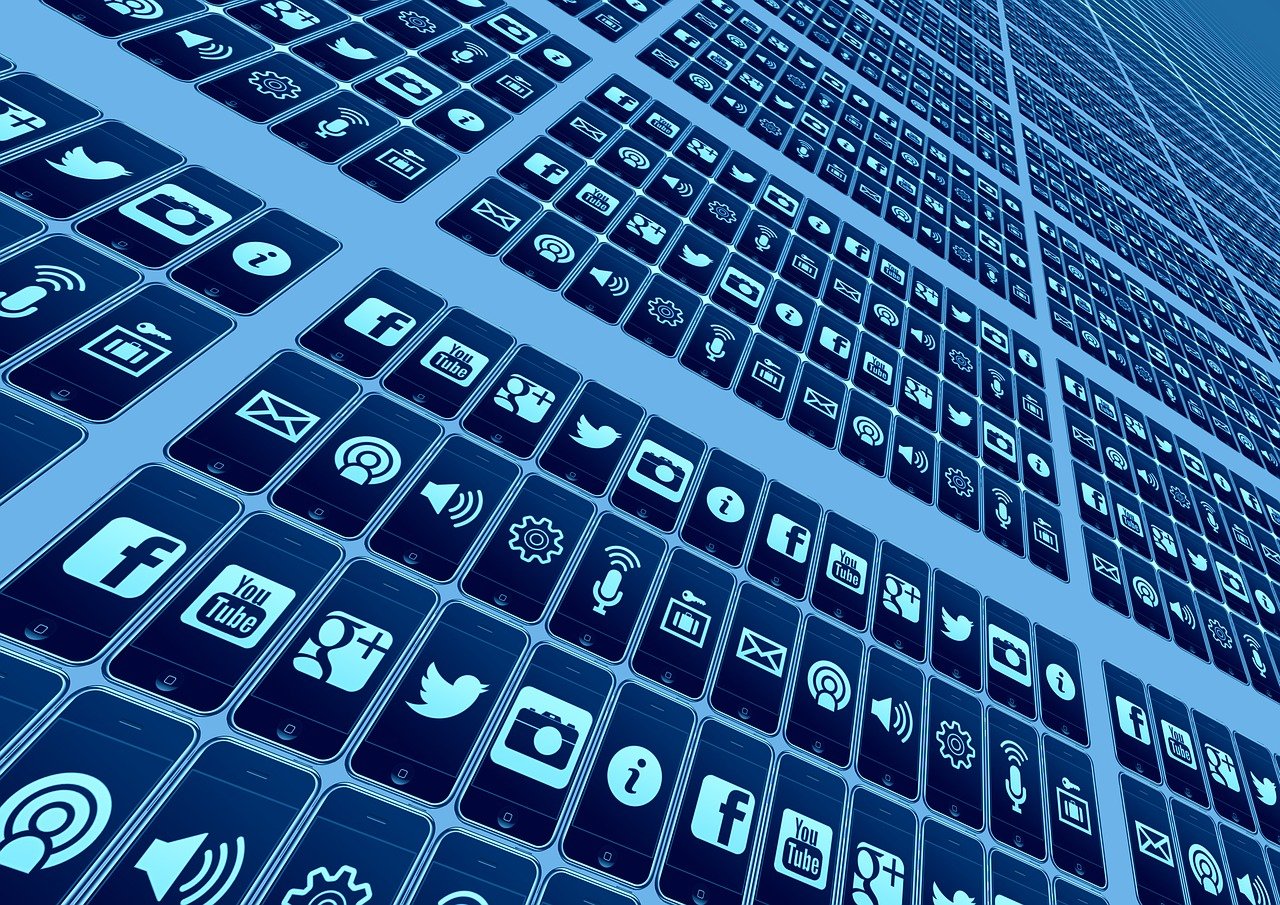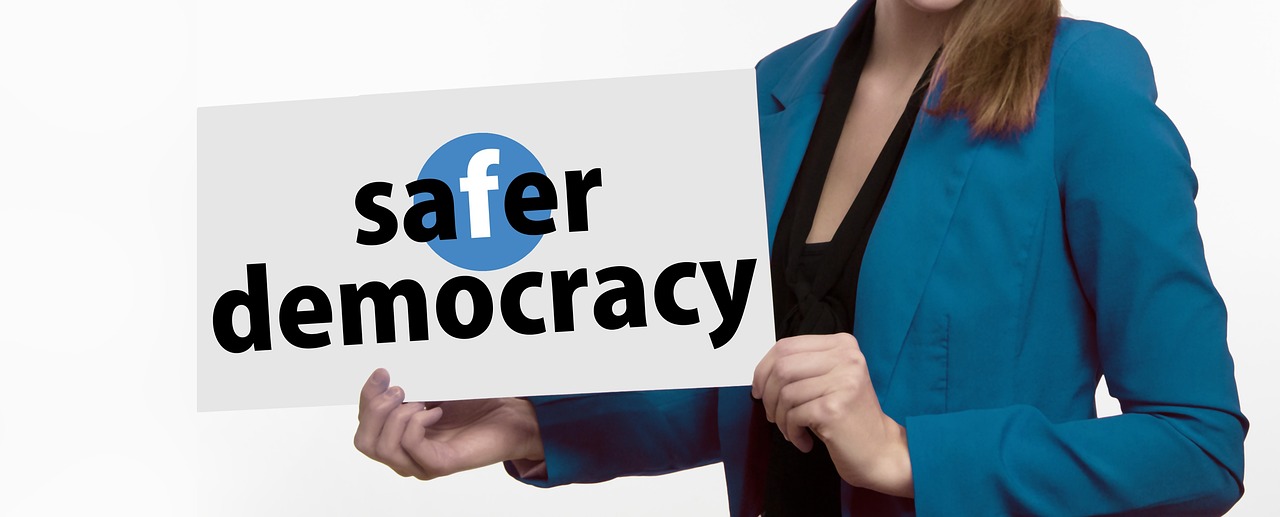Understanding the current landscape
There are lots of good explanations for why anger is so prevalent online. From anonymity and personal disconnect making people less favorable to one another to the nature of social media interaction being more surface level, which encourages us to have knee-jerk reactions to information that can require more context or be altogether fabricated. However, one reason that might be harder to notice is that the incentive structure on social media often encourages these inflammatory interactions.
To explain why social media encourages these hostile interactions, we need to understand how social media algorithms work. Each website is different, but generally, they take in data from yourself and other users to show content that you are likely to engage with. By keeping you engaged for longer, they are able to show you more advertisements, which is how they are able to generate revenue. This is how your page goes from something very general to something more tailored to you. Importantly, the algorithm cannot detect how much you ‘like’ something, only how much you engage with it. This means that if your engagement is driven by a negative emotion, like rage or fear, you will continue to be shown things that cause you to be angry or fearful. Unfortunately for us, these negative emotions — anger especially — are some of the most motivating feelings we have.
When you ask people what makes them the angriest or most fearful, politics is liable to be the among the most common answers. How often do you log into social media after a long day in your personal life to be shown something that instantly upsets you? How often do you log off after seeing it, or do you continue to interact with that post or topic for a while afterward? This is the center of the problem, our human psychology is motivated by these negative emotions, while the incentive structures of social media platforms encourage them to continue showing us whatever we engage with the most.
This anger also furthers political polarization — a clear division of political attitudes towards extreme ideologies — we are shown content that keeps us engaged, and people definitely become engaged by strong opposing viewpoints. The anonymity aspect mentioned earlier also further exacerbates this; people are more likely to be cruel to people that they have only encountered online, leading to more inflammatory language. This further drives engagement from both the in-group and out-group. The in-group, a social unit to which an individual belongs and feels a sense of “we,” has been brought together in spiting the out-group, individuals who do not belong or are excluded from one’s group.
 In addition to these innate incentives and emotional motivations, social media moguls Elon Musk and, more recently, Mark Zuckerberg have been relaxing restrictions on what you are allowed to say on their platforms. At Meta, they have listed two of the big changes as “lifting restrictions on some topics that are part of mainstream discourse” and “allowing people to look at more political content.” These recent changes are in line with what researchers have found would motivate user engagement, and Meta has clearly deemed it a beneficial enterprise to lean into political arguments on their apps.
In addition to these innate incentives and emotional motivations, social media moguls Elon Musk and, more recently, Mark Zuckerberg have been relaxing restrictions on what you are allowed to say on their platforms. At Meta, they have listed two of the big changes as “lifting restrictions on some topics that are part of mainstream discourse” and “allowing people to look at more political content.” These recent changes are in line with what researchers have found would motivate user engagement, and Meta has clearly deemed it a beneficial enterprise to lean into political arguments on their apps.
Ramifications
While this is something that “only happens online,” we should be concerned about its consequences for the real world. We live in a time where the online world has become incredibly important for living a world offline. People spend a lot of their time developing passions, skills, and political beliefs online. Improper management of such important spaces can have mundane to serious effects, from making our time online more frustrating to resulting in real-world violence.
We have established that, currently, our social media environment incentivizes controversial and spiteful interactions. However, this is further exacerbated by the current monetization schemes on big social media platforms. Individuals are incentivized to make controversial political content to reach more people; in addition, people with audiences are encouraged to post more to be able to gather more engagements and receive a larger paycheck. Incentives for both the platform and accounts pursuing financial gain lie in exploiting political outrage for impressions.
 This is the most egregious on Elon Musk’s X after the changes to verification. Under previous ownership, Twitter verification was given to accounts that were the real account of a public persona. It was an intuitive system to be able to discern whether you were interacting with an impersonator or not. Nowadays, verification has changed to be a purchased symbol — an idea or object that has a shared meaning to groups of people. The symbol no longer signifies the veracity of somebody’s social media account but instead gives functional benefits. Offering higher priority in being shown to other accounts and the opportunity to make money off of the number of impressions your posts are able to acquire. This has led to a swathe of individuals posting things practically engineered in a lab to drive the most engagements, bait for political outrage being a staple among them.
This is the most egregious on Elon Musk’s X after the changes to verification. Under previous ownership, Twitter verification was given to accounts that were the real account of a public persona. It was an intuitive system to be able to discern whether you were interacting with an impersonator or not. Nowadays, verification has changed to be a purchased symbol — an idea or object that has a shared meaning to groups of people. The symbol no longer signifies the veracity of somebody’s social media account but instead gives functional benefits. Offering higher priority in being shown to other accounts and the opportunity to make money off of the number of impressions your posts are able to acquire. This has led to a swathe of individuals posting things practically engineered in a lab to drive the most engagements, bait for political outrage being a staple among them.
On the more extreme side, political polarization on social media has been linked to real-world violence. Both this year’s Antioch High School shooter and 2019’s Christchurch Mosque shooter spent time interacting with and sharing content from violent white supremacist communities. There is a vast amount of scholarly research demonstrating how social media results in real-world violence. One such study finds links between anti-refugee sentiment and hate crimes — criminal behavior directed at individuals or groups based on race, ethnicity, disability, gender identity, sexual orientation, or religion. While not every instance of violence caused by social media has political motivations at its core, it would be naïve to ignore just how often they are found simultaneously.
Social media is a tool, and it is difficult for many of us to imagine a life without it. However, when we log on, we need to keep in mind that what we see is engineered purely for the sake of keeping us on the platform. As individuals incapable of making massive structural changes, the best we can do is try to keep our emotions in check as we browse the Internet.
Leonard is a guest blogger at UITAC Publishing. UITAC’s mission is to provide high-quality, affordable, and socially responsible online course materials.
Images used in this blog:
-
Metaverse, Meta, Technology by Pete Linforth is licensed on Pixabay. This image has not been altered.
-
Apps, Social Media, Network by Gerd Altmann is licensed on Pixabay. This image has not been altered.




